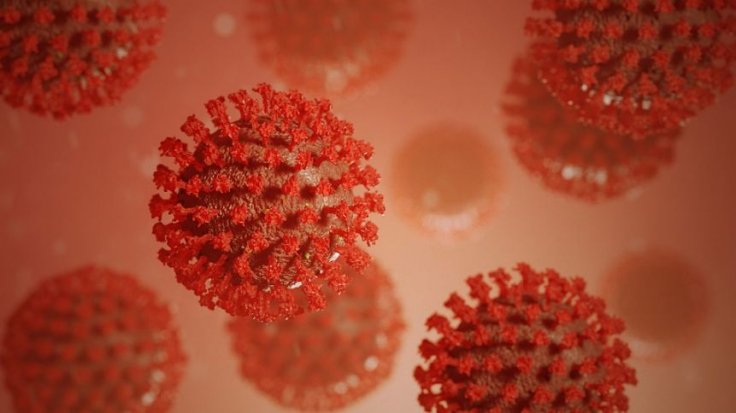One of the most effective ways to contain the spread of COVID-19 is by understanding its ability to survive on different surfaces. The longer the SARS-CoV-2 persists on a surface, the higher are the chances of its transmission. A new study has made a concerning discovery that the coronavirus can linger on certain surfaces for up to nearly a month.
According to researchers from the Commonwealth Scientific and Industrial Research Organisation (CSIRO), the virus can survive on commonly accessed surfaces such as paper banknotes, glass surfaces such as mobile phone screens, and stainless steel, for up to 28 days and endure longer at lower temperatures.
"Our results show that SARS-CoV-2 can remain infectious on surfaces for long periods of time, reinforcing the need for good practices such as regular handwashing and cleaning surfaces," said Dr. Debbie Eagles, Deputy Director of Australian Centre for Disease Preparedness (ACDP) where the study was conducted.
Thriving In Cooler Temperatures

For the study, the researchers dried the virus in an artificial mucus on several different surfaces, at concentrations that were similar to those reported in samples acquired from patients infected with COVID-19. Re-isolation of the coronavirus over a month followed. The researchers found that at lower temperatures and room temperature, the virus could thrive.
"At 20 degrees Celsius, which is about room temperature, we found that the virus was extremely robust, surviving for 28 days on smooth surfaces such as glass found on mobile phone screens and plastic banknotes," explained Dr. Eagles. Offering a contextual comparison to stress on SARS-CoV-2, she added that the highly virulent Influenza A has been found to survive on surfaces only up to 17 days.
"Too Hot to Handle"
While the virus was found to survive longer and easily at lower temperatures, their survival time decreased as the temperature increased. The scientists carried out further experiments at 30C and 40C, and discovered a steady decline in the duration of their survival as the 'heat was turned up'.

Additionally, the study was also conducted in the dark in order to remove the influence of UV light, which been proven to effectively neutralize through recent studies. "While the precise role of surface transmission, the degree of surface contact and the amount of virus required for infection is yet to be determined, establishing how long this virus remains viable on," added Dr. Eagles.
Persisting on Smoother Surfaces Easily
It was also found that the virus could survive longer on smoother surfaces such as glass (e.g mobile phone screens) and stainless steel surfaces when compared to complex porous surfaces such as cotton. Prof. Trevor Drew, Director of ACDP, pointed out that the chances of the virus' survival are largely magnified by the proteins and fats present in body fluids.
"How long they can survive and remain infectious depends on the type of virus, quantity, the surface, environmental conditions and how it's deposited - for example touch vs droplets emitted by coughing," said Prof. Drew. He further added that the study can help understand the apparent persistence and transmission of the virus in cooler environments with high levels of protein or lipid contamination.

Essential in the Mitigation of Disease's Spread
Dr. Larry Marshall, Chief Executive of CSIRO, said that the study is built upon the institution's related research into COVID-19. These include wastewater testing, vaccine testing, and Personal Protective Equipment (PPE) manufacture and accreditation, among others.
Stressing on the importance of the virulent pathogen's presence on surfaces, Dr. Marshall said, "Establishing how long the virus really remains viable on surfaces enables us to more accurately predict and mitigate its spread, and do a better job of protecting our people."









